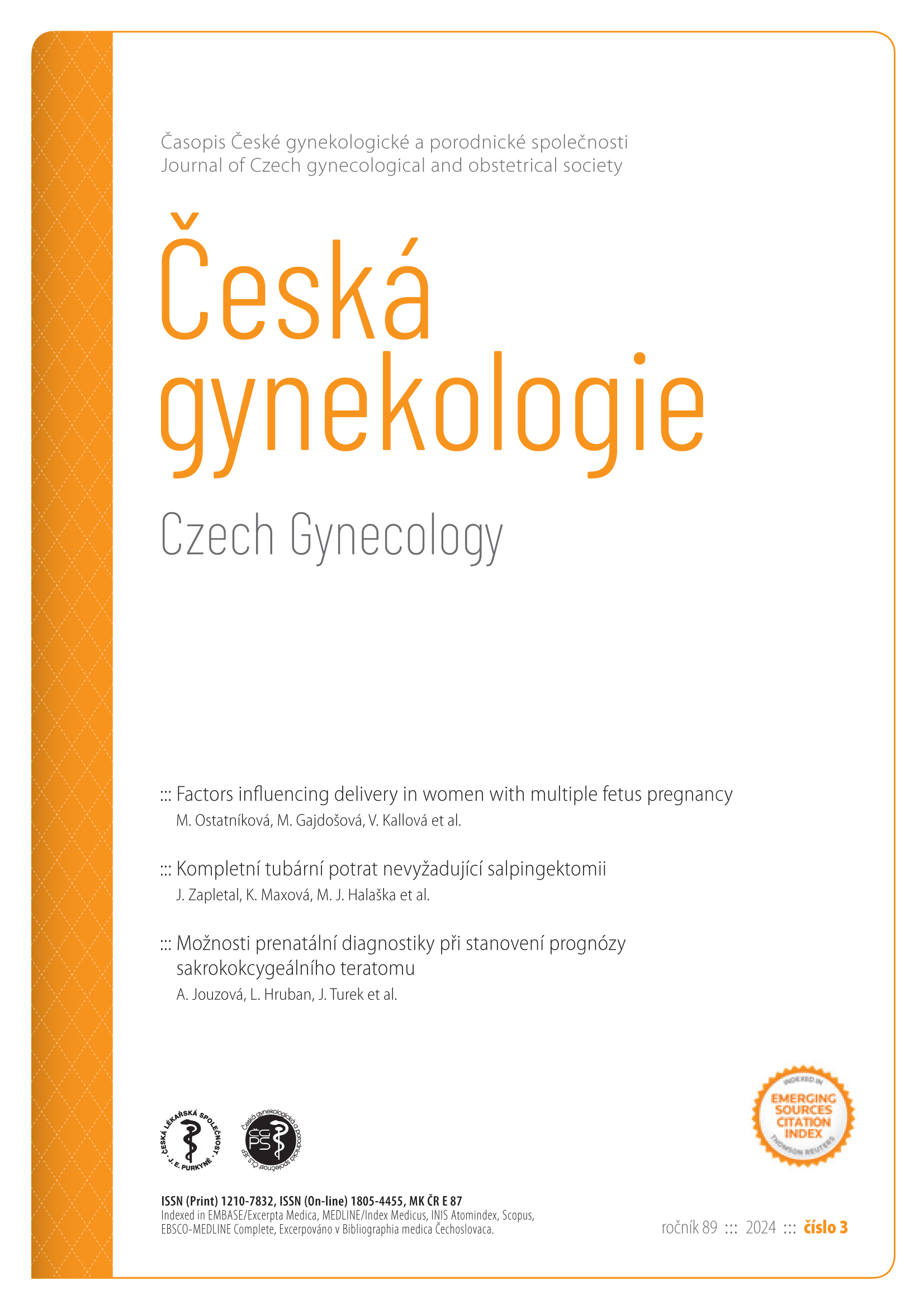Chronic endometritis – a constantly discussed issue in infertile women
Keywords:
chronic endometritis, hysteroscopy, plasma cells, CD 138 immunohistochemistry, antibiotics, infertilityAbstract
Objective: A review of current knowledge on the pathophysiology, diagnostic and treatment options for chronic endometritis in infertile women. Methods and Results: One of the major causes of failed in vitro fertilization (IVF) is undiagnosed intrauterine pathologies, including chronic inflammation of the uterine mucosa – chronic endometritis. However, some authors relativize the negative impact of chronic endometritis on reproductive outcomes. The etiopathogenesis of chronic endometritis is due to qualitative and quantitative changes in the endometrial microbiome with abnormal multiplication of microorganisms naturally occurring in the uterine cavity or vagina. There is no uniform consensus on the most common pathogen causing chronic endometritis. It is characterized by infiltration of plasma cells into the endometrial stroma outside the menstrual cycle, accompanied by hyperaemia and endometrial oedema. Clinical symptoms are very mild or absent. The diagnosis of chronic endometritis is often difficult because there is no specific clinical or laboratory diagnostic method. The following investigative options are commonly used for the diagnosis of chronic endometritis: diagnostic hysteroscopy, histopathological examination of the endometrium including CD 138 immunohistochemistry and culture from the uterine cavity. However, standardised international hysteroscopic and histopathological criteria for accurate diagnosis of chronic endometritis are still lacking. Empirically administered antibiotic therapy improves the success rate of pregnancy and delivery of a viable foetus in infertile patients with proven chronic endometritis. In addition to reviewing the current knowledge of chronic endometritis, this article discusses the importance of hysteroscopy in the diagnostic process. Conclusion: Chronic endometritis is often a clinically silent disease with negative impact on reproduction in infertile women. Although there are still many unresolved issues, the introduction of hysteroscopy into the diagnostic process is important for clinical practice, but hysteroscopy, even in combination with histological examination of the endometrium, often does not allow an unequivocal diagnosis of chronic endometritis. Further prospective randomised studies in a selected group of women with proven chronic endometritis and repeated failure to implant proven euploid embryos should refine this knowledge.


